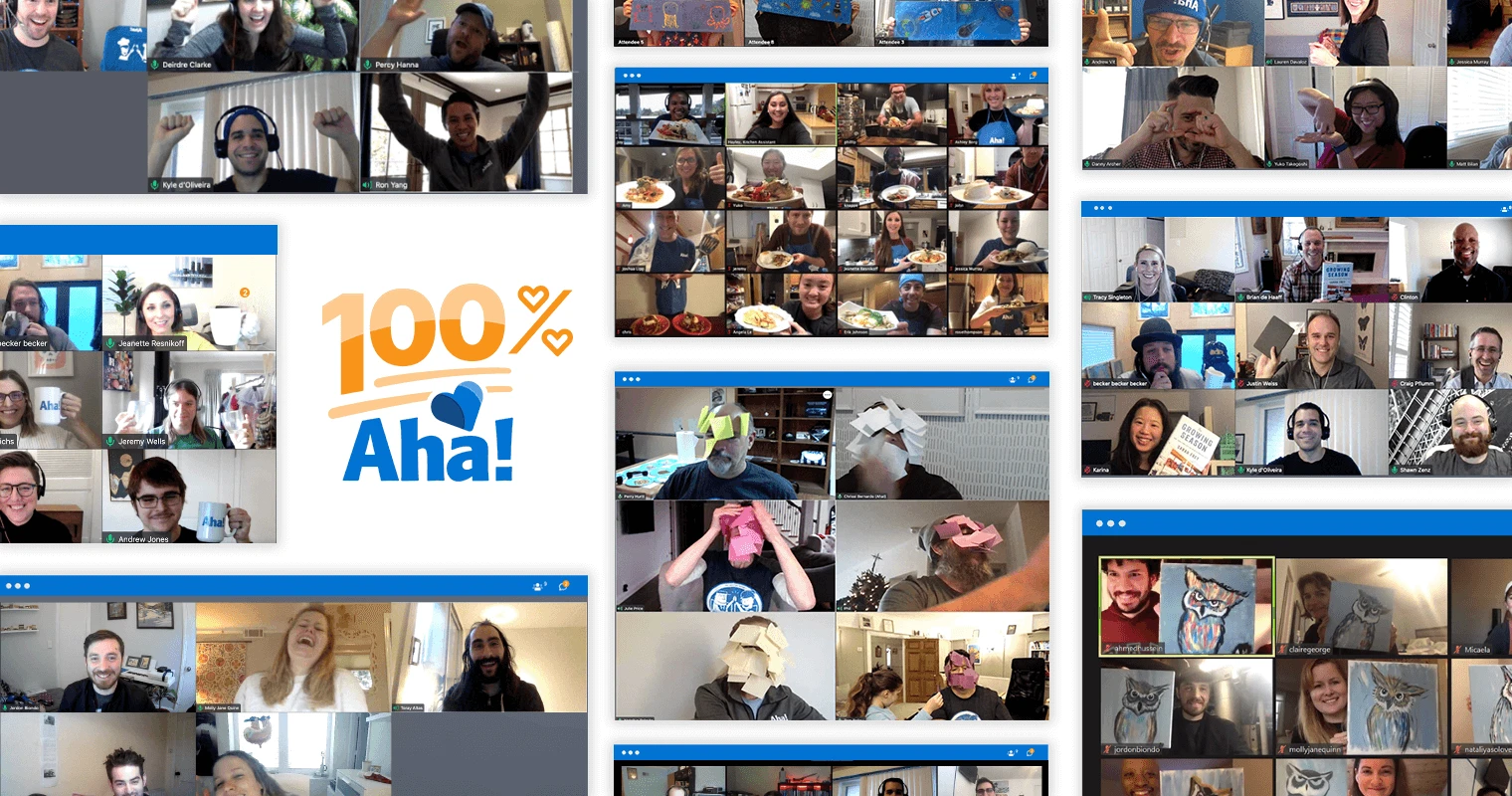
My Name Is Maeve Revels — This Is Why I Joined Aha!
Did you ever read the children’s magazine 3-2-1 Contact? It was an extension of the educational science television show of the same name. As a 6-year-old subscriber, I spent hours poring over the BASIC problems in the back of the magazine trying to solve each one. Eventually, I hooked up a used Tandy Color Computer to my parents’ television. I enjoyed revising the initial program as I gained knowledge and insight into what the best solution might look like.
I have always enjoyed using my creativity to solve problems — working within set parameters and figuring out my own way to a solution.
I continued programming throughout my childhood. Sometimes my goal was to entertain — I made many text-based, role-playing games for my friends. But I knew I wanted to work in STEM and help people. Becoming a physician seemed like the logical path. So I began at the University of Maryland with pre-medicine as my major. Despite my interest in programming, it never occurred to me to study computer science — partly because I had few female role models in that field.
But I found myself struggling to find joy in classes like organic chemistry. Instead, I spent my free time learning how to program in C so I could contribute to multiplayer online role-playing games. I loved making small improvements (and seeing big results) for the other users of the game. Was pre-med the only way to achieve my dream? The question was mine to answer. So in my junior year, I changed my major to computer science.
When a solution is close but does not fit easily, sometimes your assumptions need just one final tweak and everything falls into place.
I was fortunate that my first real-world experience writing code was as a software engineering intern at the Space Telescope Science Institute. I worked on a feasibility and planning engine written in LISP that determined whether an astronomer’s requested observations could be carried out and in what sequence. While I was there, the Space Shuttle Columbia conducted a servicing mission for the Hubble. The coolest moment was getting to shake hands with astronauts. I saw the impact of what my code could do.
I spent the next several years in enterprise web development in traditional office settings. This changed when my mother-in-law became gravely ill with a rare autoimmune disorder. There was a world-renowned specialist in Portland, Oregon, so my husband and I decided to move our family there for her treatment. My husband and I were able to continue our work remotely.
Sadly, my mother-in-law passed away in 2008. But we loved Portland and remote work. So my husband and I began a Ruby on Rails consulting business. We specialized in integrating with existing engineering teams and fostering best practices such as TDD. We integrated so well that one of our customers eventually hired me full-time.
It was an instructive experience — I saw projects move through every phase of the product lifecycle and worked with an entire ecosystem of services (about 50 applications). Eventually I got more involved on the back-end as a DevOps engineer. But even though I was supporting all of these apps, I felt disconnected from how end users were benefitting from the functionality. After eight years at that company and working in so many roles, I was ready for a new opportunity.
I saw Aha! advertised on Women Who Code. I was already familiar with the software because my previous employer used it for building roadmaps and managing customer ideas. But I was not prepared for the interview process. It was unlike any I had encountered in my career. The technical interviews were exhaustive yet conversational — I felt like I was talking to respected peers. I asked pointed questions about everything from system architecture to corporate culture and always received a thoughtful answer.
Since joining the Aha! engineering team, I have worked mostly on stability and performance enhancements. Because I specialize in backend infrastructure, a lot of my work is not customer-facing. But every feature I work on can be traced back to providing value to our users, and I am inspired every time I can make someone’s day-to-day work a bit easier. For example, I rapidly reduced the time it takes for presentations to generate PDFs — a meaningful quality of life improvement.
At Aha! I have the freedom to identify problems, scope them out, and then use my creativity to implement helpful solutions.
I also have a tremendous amount of personal and professional respect for my teammates. Everyone at Aha! is not only talented, but also kind and caring. I feel a deep sense of belonging in everything I do here. It is wonderful to work for an organization that values authenticity, transparency, and responsiveness.
That is why I joined Aha! — and why you should too.



